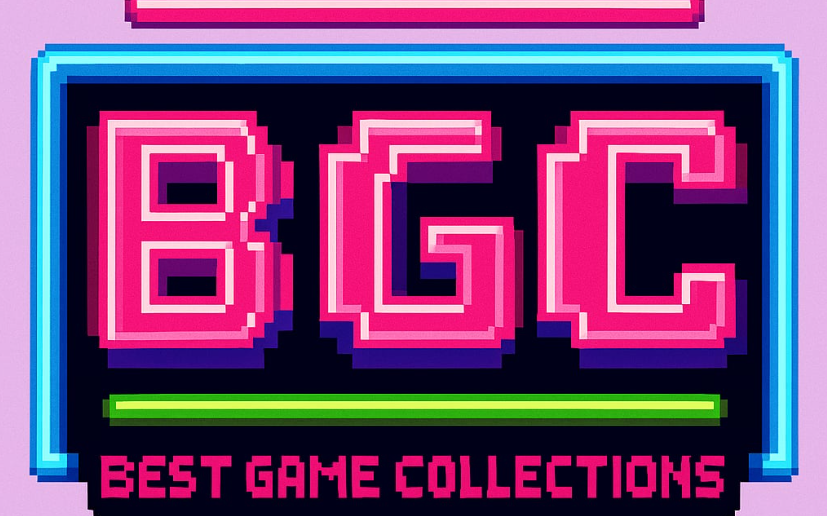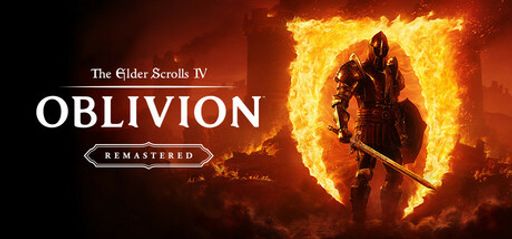Introduction
I approach every remaster with a simple rule: judge it on two axes — fidelity to what made the original great and whether the new version truly earns its existence. The Elder Scrolls IV: Oblivion Remastered is, at its heart, the 2006 classic many of us poured hundreds of hours into. It still offers the same sprawling Cyrodiil, deep questlines, and systems that reward careful planning and mastery. The problem lies in translation — sometimes brilliant, sometimes frustratingly broken. For now, I land squarely in the middle: it’s a game I want to recommend to serious players, but not without caveats.
What Stands Out
Oblivion’s world design remains superb. The sense of scale when you step into the Imperial City or crest a hill overlooking a massive Oblivion Gate still delivers that familiar chill of immersion. Bethesda’s team improved lighting, textures, and environmental detail to modern standards. When the game runs smoothly, the visuals and refined UI make exploration feel fresh without losing the identity of the original.
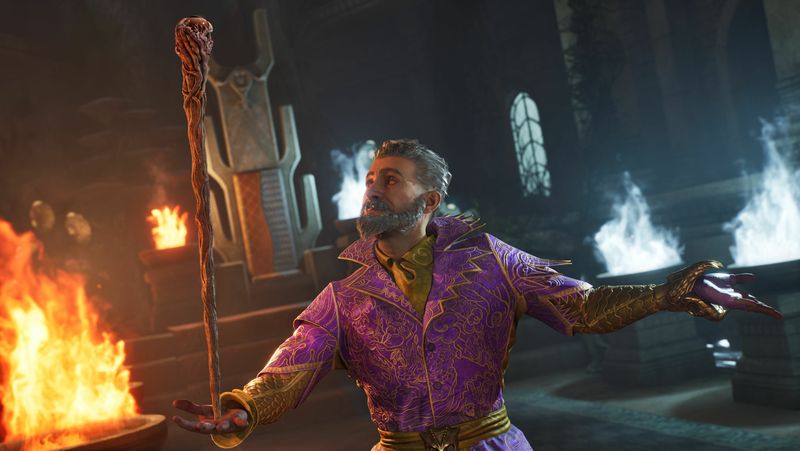
Performance and Stability
Stability remains the weakest link. Since launch, players and I have seen crashes, long load times, and frame drops in dense areas — Bruma and Bravil often slow down noticeably. The new engine and current GPU drivers appear to cause these issues. Bethesda has pushed patches and a beta performance update, but the experience still feels inconsistent.
Gameplay Mechanics
The remaster keeps the original mechanics intact: skill-based progression through use, level scaling, open-ended builds, and the same core combat feel. Hardcore players will find that comforting and challenging. The skill system still rewards dedication — focus on the right skills and your character becomes a specialist quickly. The AI and radiant systems create memorable emergent moments, while quests still demand thought and adaptability.
However, modern expectations expose weaknesses. Combat animation and hit feedback feel dated compared to current action RPGs. Most “refinements” are cosmetic, not mechanical. Performance problems worsen the pacing — stutters and long load times disrupt careful encounters. Players who value consistent frame-timing for challenge runs should expect to tweak drivers, experiment with settings, or wait for more patches.
Standout Moment: The first real Oblivion Gate assault remains a masterclass in atmosphere. With upgraded visuals and sound, the sequence hits even harder — if the frame rate holds steady.
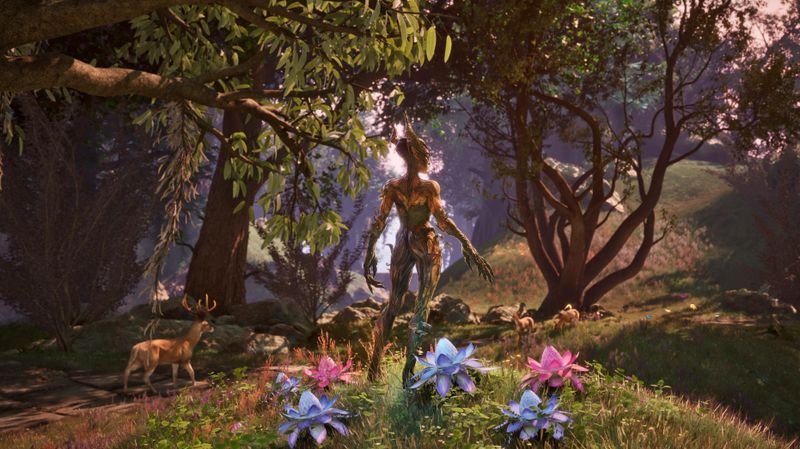
Story and Characters
The main story — the Emperor’s assassination, the Oblivion Gates’ arrival, and the scramble to restore order — still lands. NPCs shine when they have room to breathe, and guild storylines like the Mages Guild and Dark Brotherhood remain highlights. Tamriel’s politics and sense of crisis give the world weight.
Character interactions, however, show their age. Many NPCs repeat lines or exhibit limited behavior. Still, the quest design encourages experimentation and supports an emergent narrative that feels alive to player choice.
Visuals and Graphics
The remaster’s visuals stay faithful while modernizing textures, foliage, lighting, and draw distance. Cyrodiil feels more vibrant and alive. New spell and environment effects boost the atmosphere. Unfortunately, the upgraded fidelity strains the engine. Players report longer load times and frame-rate dips in cities and sieges. High-end PCs can achieve smooth results with tweaks to resolution, shadows, and particles — but that shouldn’t be a requirement.
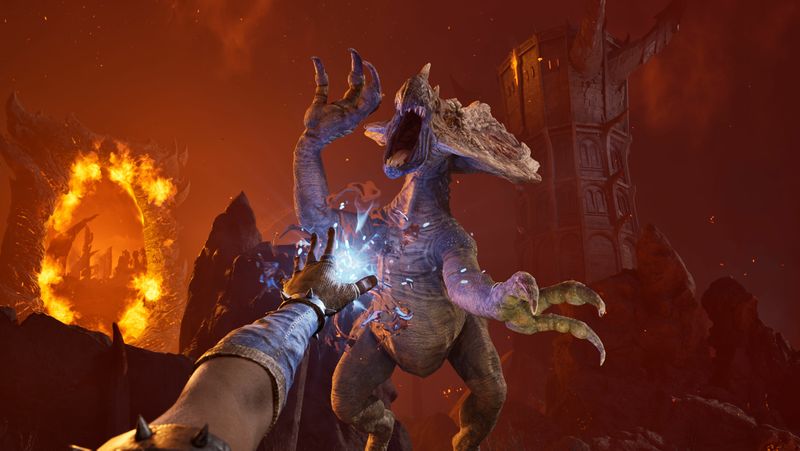
Sound and Music
Jeremy Soule’s score continues to define the mood. The orchestral themes remain powerful, and the remaster preserves their impact. Ambient audio — wind, wildlife, and the hum of the gates — feels richer thanks to better mixing. Voice acting, however, reflects the era: limited variety and repetition remind you of the game’s 2006 roots. Even so, the charm of those performances endures.
Difficulty and Replayability
Oblivion remains endlessly replayable. The flexible skill system, multiple guilds, and open progression encourage fresh builds each run. Completionists will find an enormous amount to master. Difficulty shifts naturally with playstyle — fragile mages, stealth assassins, and tanky warriors all find unique challenges.
Persistent bugs and performance hiccups may discourage immediate replays, though. Waiting for patches or using community mods can dramatically improve the experience. For challenge runners like me, the reward is immense once stability is achieved.
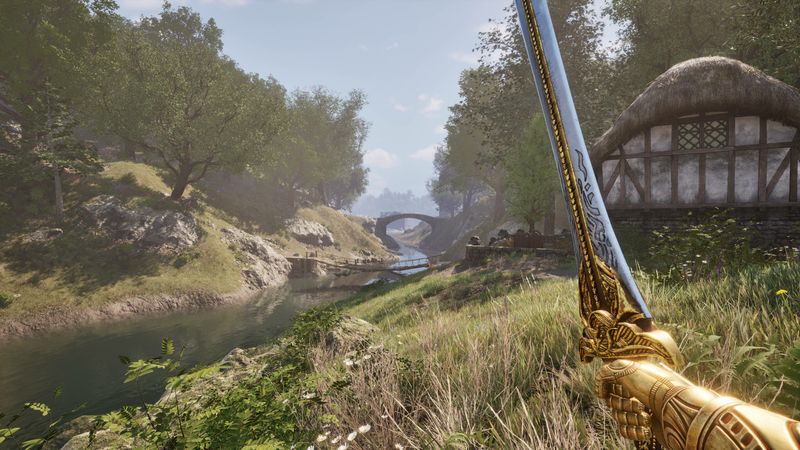
Practical Advice for Hardcore Players
- Use community mods: Patches and performance fixes already improve quality of life.
- Watch for driver conflicts: If performance drops after an update, try rolling back drivers or adjusting settings.
- Control your leveling: Manage major skills carefully to avoid premature level-ups.
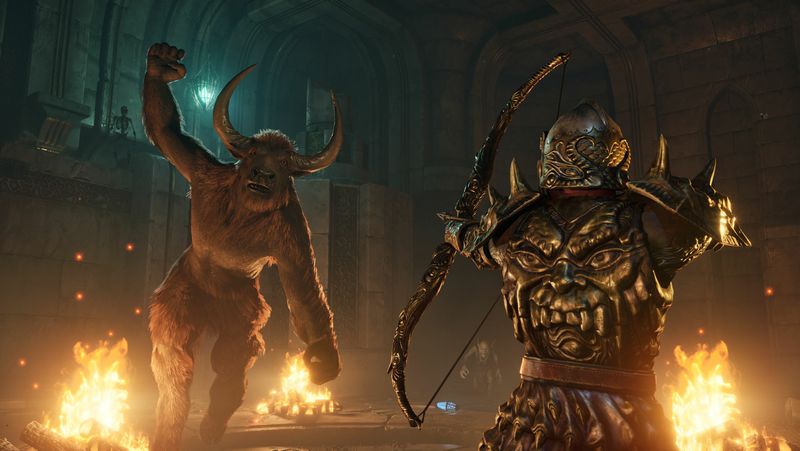
Behind the Scenes
Bethesda Game Studios applied lessons from past remasters and recent titles. The shift to a modern engine improved visuals but introduced new compatibility hurdles. The studio has responded with hotfixes and a beta branch and will likely continue iterating based on player feedback.
Final Verdict
Oblivion Remastered celebrates a beloved classic, blending nostalgia with selective modernization. Its strengths lie in the original’s depth, world design, and unforgettable soundtrack. Its weaknesses are technical — crashes, uneven performance, and aging mechanics that modern visuals sometimes emphasize rather than fix.
I recommend it to dedicated players willing to tinker with mods and settings. If you prefer a smooth, modern RPG out of the box, wait for more updates.
Rating: 3 out of 5 stars
It’s a powerful experience hindered by launch issues. With patience and patches, Oblivion Remastered can once again earn its place in your collection.
